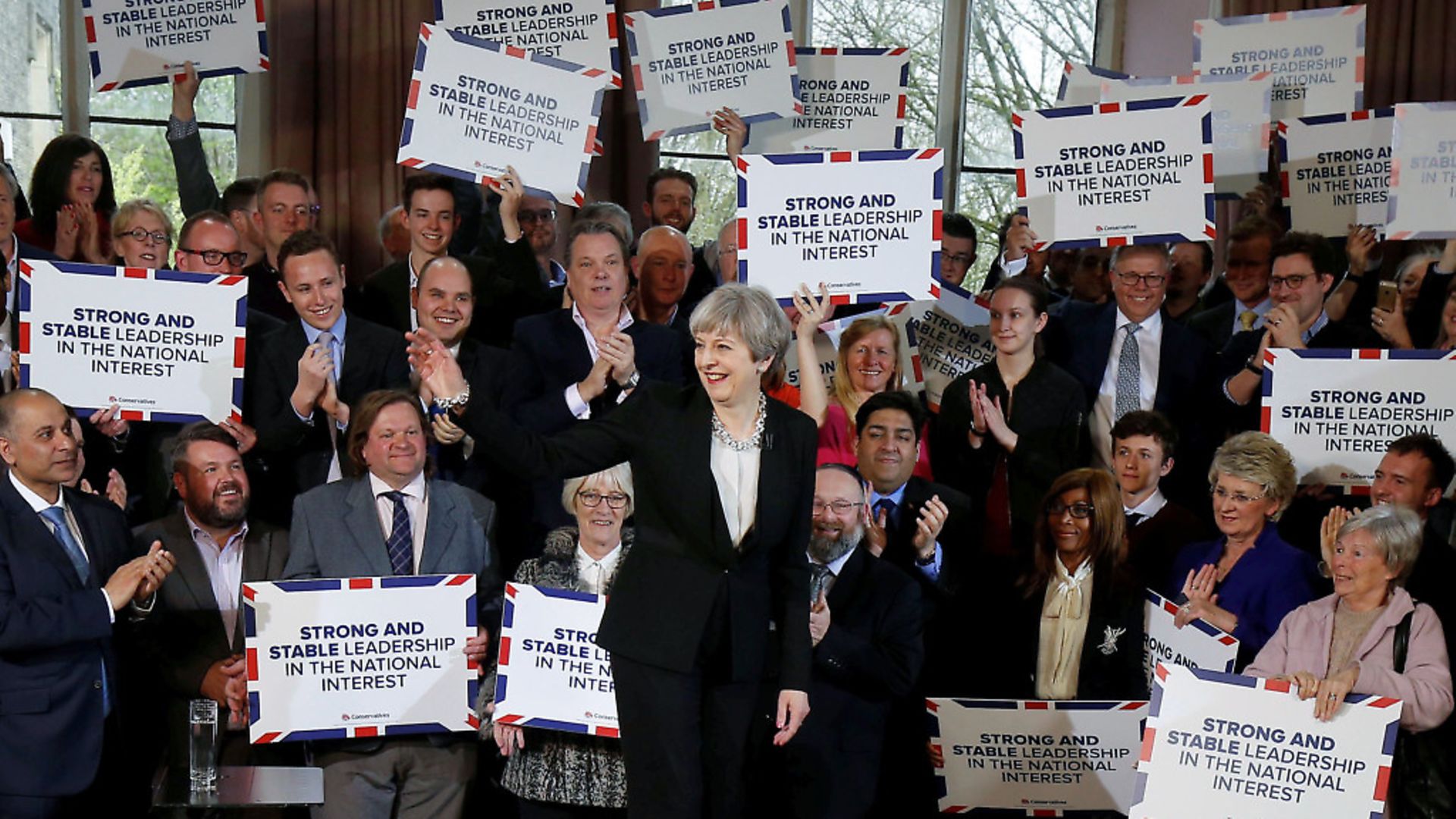
Two contrasting images are likely to define the exact moment when Britain leaves the European Union at 11pm on March 29, 2019 – one year from now.
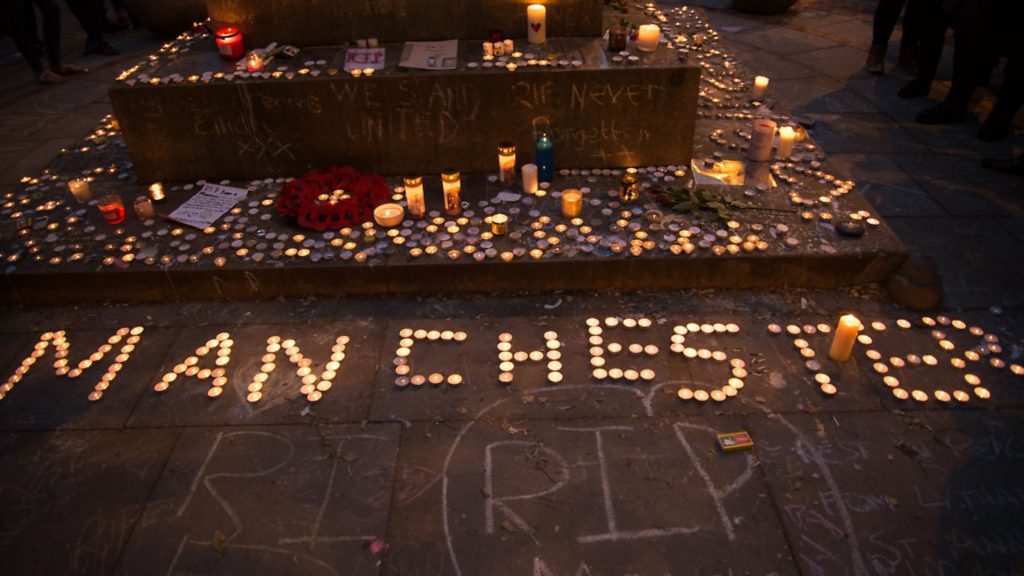
The first will be a Brexit party, featuring, no doubt, the triumphant faces of Nigel Farage and Jacob Rees-Mogg, in a bar festooned with union jacks and heaving with half-drunk pints. The second will be Big Ben, still shrouded in scaffolding as it undergoes repairs and – as it stands – remaining silent as 11pm passes. At this moment, the climax of the most divisive issue this country has faced in modern times, it is likely that the feelings of millions of Britons will be summed up by one or the other of these images: jubilation, or sombre silence. A nation caught in split screen, mirroring Theresa May’s words on the day she triggered Article 50 exactly, two years earlier: ‘A day of celebration for some and disappointment for others.’
This week marks the halfway point between the triggering of Article 50 and Brexit Day, the point of our departure from the EU. The next 12 months are filled with scheduled landmark dates and deadlines which the Prime Minister, her aides and ministers are planning for. Yet if the last 12 months – marked by crises, defeat and upset – are anything to go by, the coming year will bring yet more unforeseen events that could throw the Prime Minister – and even Brexit itself – off course.
To illustrate just how dramatically fortunes can change, we can look back to the Prime Minister’s position a year ago this week, as Article 50 was triggered and the two-year clock started counting down to Brexit. May’s formal notice to European Council president Donald Tusk that Britain was starting the two-year disengagement process was firm and robust; she felt confident enough to warn she would withdraw security cooperation if the EU did not give Britain a decent trade deal. May had, two months earlier, used her Lancaster House speech to stress to Brussels that ‘no deal is better than a bad deal’ – to the delight of Brexiteers. She had overcome dissent among her own MPs and muted opposition from Labour over the technical triggering of Article 50. May was at her strongest since arriving in Downing Street eight months earlier. But, just like the summit she climbed on her Wales walking holiday the following week, it was a point from which the only way was down.
While on that holiday with her husband Philip, the Prime Minister decided – against the advice of some of her aides and in defiance of all expectation of her cautious character – to call a snap election. It would, her more hawkish allies argued, give her an unassailable mandate to call the shots in both Brussels and with the Leave and Remain sides of her own party on what Brexit should look like. Her working majority of 17 would be increased at the expense of a faltering Labour Party under Jeremy Corbyn. This calculation – which at the time seemed like a low-stakes, high-prize gamble – lay behind her decision to walk out into Downing Street on April 18 with a blistering assault on the forces against Brexit, giving licence to the Daily Mail to run as its front page headline the next morning: ‘CRUSH THE SABOTEURS’.

Even in early May 2017, when Labour lost significant numbers of council seats at the local elections, the Conservatives seemed on course for a landslide in the June 8 poll. Over the next few weeks, as we now know, May lost control of the election narrative, from the hollowness of her ‘strong and stable’ slogan to her party’s ill-judged manifesto. In fact, the bad omens for the Prime Minister were there from late April, when a damaging leak of her Downing Street dinner with European Commission chief Jean-Claude Juncker revealed incoherence in the British government position on Brexit. May was trying to negotiate, at the same time, with Brussels and the British public, and faltering at both.
When, on election night in June, the PM lost her majority to an unexpected Labour surge, it was attributed to her weak campaign and Corbyn’s left-wing populist manifesto. Both of these factors are true. However the hung parliament result should have also driven home a message to May that the British public had reservations about the hard Brexit prospectus that she had put forward – something that has since been borne out by opinion polls. It should have made her more conciliatory on UK withdrawal, yet, buoyed by the support of the DUP who rescued her premiership and government, the PM doubled down on her hard Brexit position.
When formal negotiations started between David Davis and Michel Barnier on June 19, it was against a backdrop of turmoil in the UK: besides the election, there was the string of terrorist attacks and the Grenfell Tower disaster, all within days of each other. The hung parliament result had made May and her government weak in the eyes of the EU, so it was little surprise that, when Davis arrived for the talks, Barnier, the EU’s chief negotiator, made clear he was in no mood for concessions. As a result of the UK’s weaker hand, Davis was forced to give in early on parallelism – so Britain would not be able to discuss its future trade relationship with the EU at the same time as settling the divorce bill and the issue of the Northern Irish border.
Over the summer, splits in May’s Cabinet began to widen while the PM was on holiday, with Remain-supporting Chancellor Philip Hammond calling for a transition period on freedom of movement, in a direct clash with Liam Fox and Boris Johnson. May returned to Number 10 in August to publish a series of position papers on Brexit, which she hoped would finally bring some clarity on the issue. To Brussels, the papers suggested the UK was still trying to ‘have its cake and eat it’, with a request for a special transition deal on the customs union.
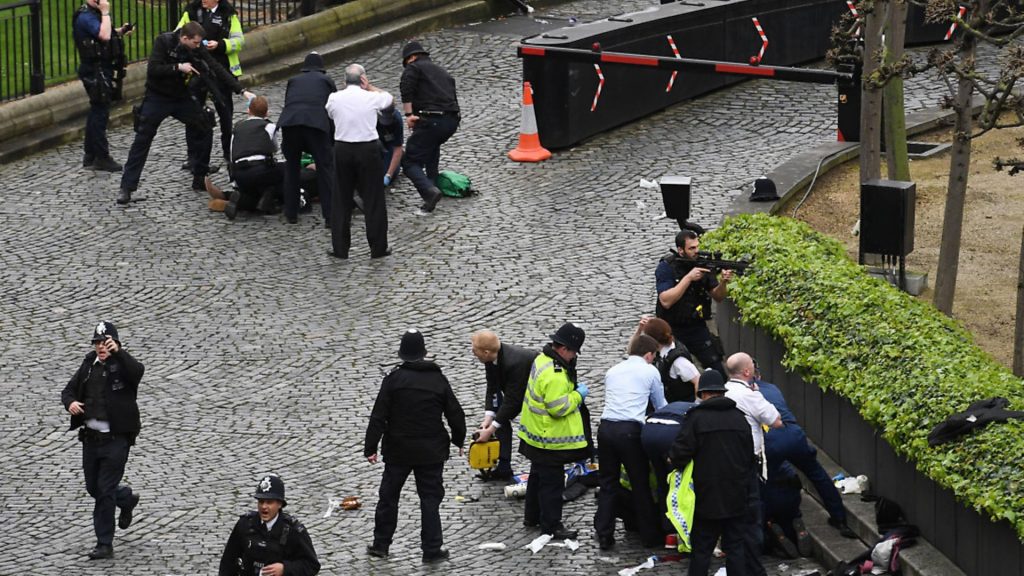
In September, it was time for the Prime Minister to adopt a more collaborative tone with the rest of the EU. She travelled to Italy to deliver her Florence speech, attempting to highlight the shared cultural values of the UK and continental Europe. May tried to reconcile the disunity in her Cabinet over a future trade deal by ruling out both a Norway-style arrangement favoured by Remainers – being part of the single market but outside the EU – and one similar to Canada that had been pushed by some on the Leave side. Instead, she called for a bespoke deal for the UK, superior to the Canada model, that reflected what she called the ongoing ‘deep and special partnership’ with the EU.
Meanwhile, negotiations between the two sides were progressing slowly. This was not helped by what would turn into a torrid autumn for the Prime Minister: her party conference speech in October was marred by a P45-brandishing prankster, letters falling off her backdrop and her own persistent cough; in November, she lost two Cabinet ministers in the space of a week – on issues unrelated to Brexit but which nevertheless fuelled the sense of disarray at the top of her government. It was uncertain that May would be in office by the end of 2017.
But just before Christmas, after a year of unforced errors, crisis and disaster, the Prime Minister managed to secure her position enough to end the year on a relative high: after rushing to Brussels for talks with Juncker, she agreed a deal on the divorce bill and EU citizens’ rights as well as a backstop agreement on the Northern Ireland border, subject to ongoing talks. It was enough to allow negotiations to move into the second stage. However, there was a sign of more turbulence to come, when the government was defeated by Tory rebels and Labour on demands for the final Brexit deal to be put to a meaningful vote in the Commons.
At the start of 2018, this victory for Remain-supporting Conservative MPs seemed to breathe new life into arch-Brexiteers like Jacob Rees-Mogg and Boris Johnson, apparently fearful that they were losing ground. May tried to stamp her authority on her party with a government reshuffle in the first week of January, but it went badly: she was unable to move the most senior ministers, was blocked from making other personnel changes and caused fury on the Remain-supporting side by allowing one of their leading proponents, Justine Greening, to walk out of the Cabinet.
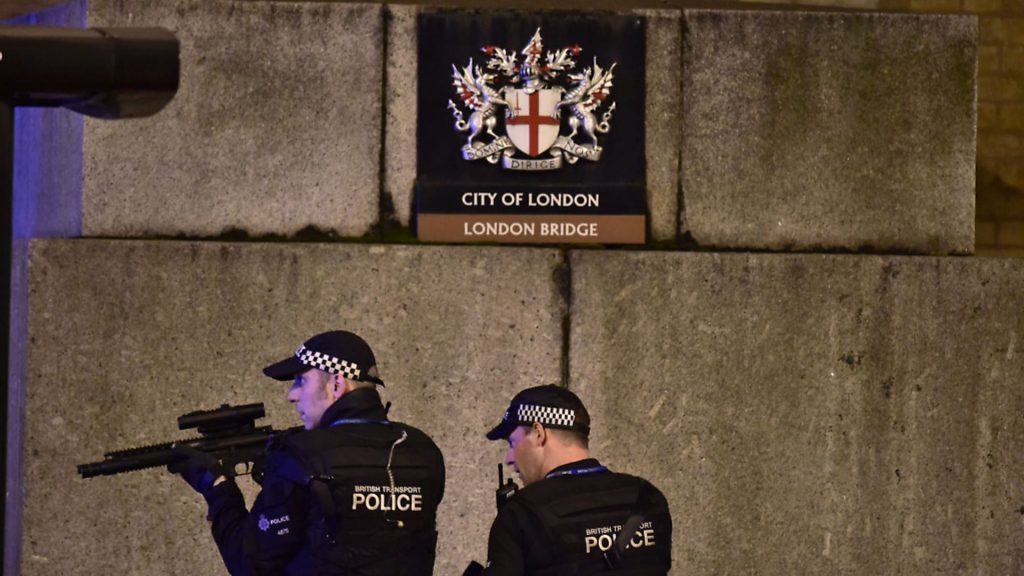
Rees-Mogg became more vocal, through his backbench pro-Brexit European Research Group, while there were reports of letters from Tory MPs expressing no confidence in May’s leadership sent to Sir Graham Brady, the chairman of the backbench 1922 committee. The leadership speculation refused to die down as May flew to China at the end of January for a visit that was supposed to show Britain on the threshold of a brave new era of free trade. Across the Atlantic, Donald Trump began to step up his protectionism by warning the EU and China he would impose heavy tariffs on steel and aluminium – not exactly an unfettered free trade environment for post-Brexit Britain to step into.
In March, the Prime Minister delivered her third major speech attempting to signpost the UK’s position on Brexit: this time, at the Mansion House, there were signs she was leaning towards a softer Brexit, stepping away from a no deal scenario. But she also made clear that Britain would be leaving the single market and the customs union. The speech was enough to bind warring factions in her party into an uneasy truce, for the time being.
It was the turn of businesses to express their concerns more vocally – specifically on the cliff edge that would await them if Brexit were to happen without an orderly transition deal. Those fears were allayed, somewhat, when Davis and Barnier set out some certainty with the terms of that transition deal, which would provide continuity for 21 months until December 2020. But it sparked controversy elsewhere: having reassured the fishing industry and the Leave side that Britain would have control of its waters after 2019, the transition deal states that the EU will control who fishes there – triggering the bizarre protest which saw Farage and others threw fish into the River Thames. In a similar row which – showed how it is the unforeseen, unexpected and totemic issues that can cause the biggest headaches for the government on Brexit – it emerged that the British company that produces UK passports has lost the contract for the ‘old’ style blue passport to a firm in France.
More seriously, the nerve agent attack in Salisbury, and ensuring diplomatic row with Russia, raised questions over post-Brexit Britain’s international security and cooperation. Of course, the UK will remain a major power in both Nato and the UN Security Council after leaving the EU, but the Prime Minister’s request for explicit backing from Angela Merkel, Emmanuel Macron and the EU as a whole in her standoff with Vladimir Putin showed how valuable British membership of the EU is. A chemical weapons attack in Salisbury and a reemergence of the Cold War is not something Number 10 would have predicted a year ago as it triggered the process of leaving the EU.
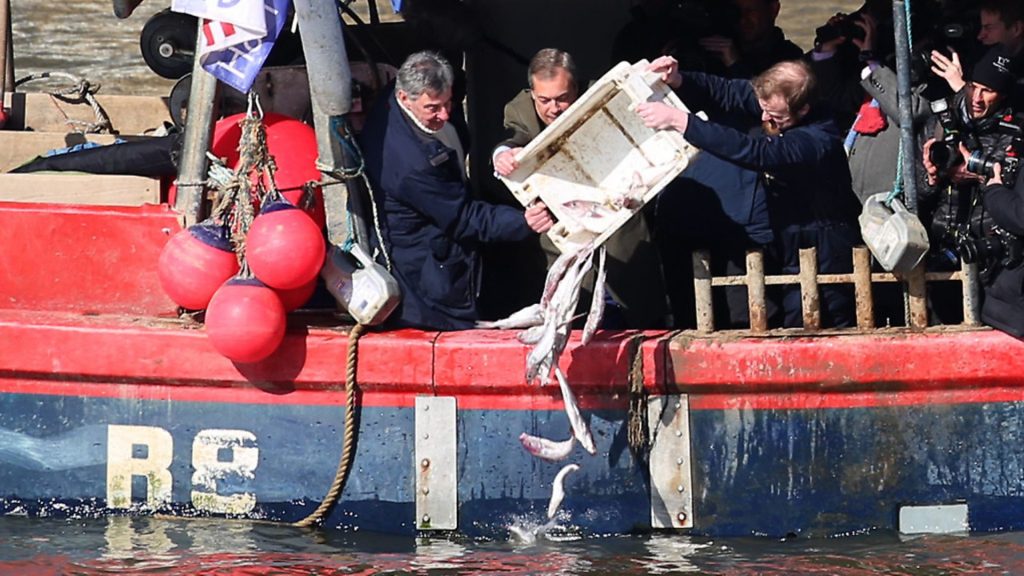
Which begs the question, what does the next 12 months have in store? To paraphrase Donald Rumsfeld, there are the known knowns – the things that May, her ministers and the EU’s negotiators are working towards, such as the October 2018 deadline for the final Brexit deal; the known unknowns, the uncertain outcomes of expected events like the local elections in May or whether the government can survive another Commons defeat on the Brexit bill. Then there are the unknown unknowns, the black swan events that are impossible to predict. Salisbury surely falls into that category. Given premierships can live or die on matters of foreign policy, how the Prime Minister deals with Russia could set the course for the rest of her tenure.
Whatever happens, there is still the Brexit deadline of March 2019 – and there are an extraordinary amount of hurdles to overcome before then. Last week, after the transition deal was approved, negotiations moved to the final, crucial stage of a future trade relationship between Britain and the EU. Given the Cabinet remains split on what this should look like, Davis and Barnier have some turbulent months ahead before the deal is supposed to be agreed by October.
After Easter, the EU Withdrawal Bill reaches its crucial stage in the Lords, when the government faces defeat on a number of issues. The bill will then return to the Commons where Tory rebels and opposition MPs are also preparing to demand further concessions on the customs union, single market and the fixed date for Brexit. MPs are also likely to demand guarantees on the Irish border. A backdrop of successive defeats in the run-up to the local elections on May 3, when the Conservatives face losing hundreds of English council seats including in London, could spell further danger for the PM.
From then on, there will be very little time to hammer out a trade deal before October – as well as finalising the details on the Irish border. Brexiteers and the DUP are concerned that the backstop measure agreed in December, which would see Northern Ireland remaining aligned with the EU if no alternative arrangement can be agreed, is turning into the default position. In February, Brussels put forward a draft proposal under which Northern Ireland would effectively stay in the single market and customs union for goods – to avoid the prospect of a peace-endangering hard border with the Republic of Ireland. May has rejected this plan because it would undermine the union – and the DUP would block it, jeopardising her government. Significant progress on both Northern Ireland and the future trade deal must be made by a mid-summer EU summit.
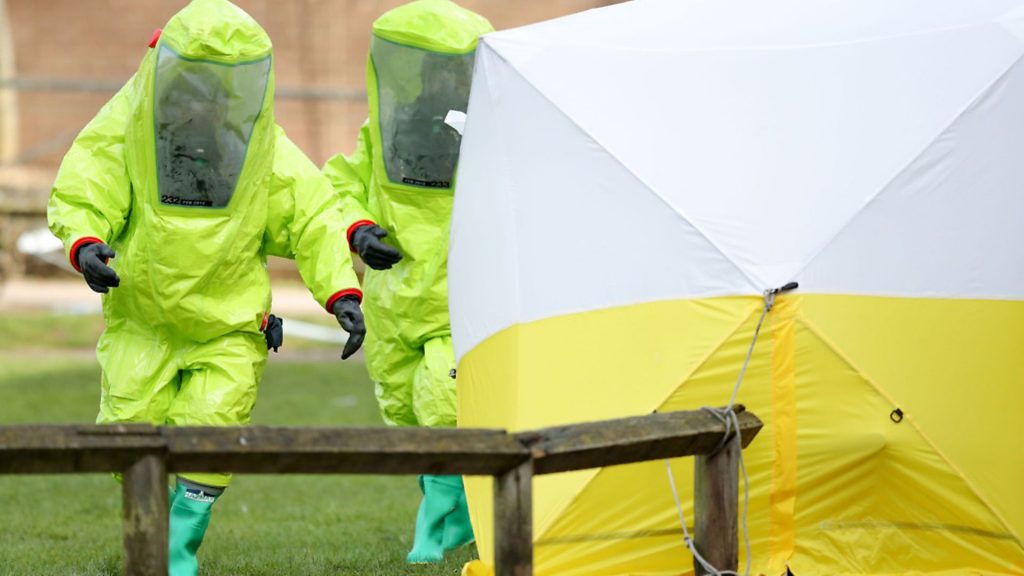
Brussels regards the October deadline for a final deal as set in stone – and given Brexit must happen on March 29, 2019, it would be madness for this to be pushed back, because the deal must be approved by the UK and European parliaments before that date, as well as by a majority vote in the European Council. In the UK, this meaningful vote is likely to take place in November or December 2018 – and it is a take-it or leave-it decision: given May’s slender majority in the Commons only exists due to the support of the DUP, the Brexit deal must be able to satisfy unionists, Tory Remainer rebels and Tory Brexiteers, or else the entire project will come crashing down around her ears.
Even though the government’s position on Brexit is somewhat clearer now than it was a year ago, there is still so much uncertainty over what the next 12 months will bring. It is difficult to see how the issue of the Irish border can be reconciled to the satisfaction of all sides. The bespoke trade deal the Prime Minister wants – and her MPs are demanding – is unlikely to be forth-coming from Brussels, which does not want to set a cake-and-eating-it precedent that other restless countries might want to aim for. For British businesses, the uncertainty remains an existential threat – despite the 21-month transition deal providing continuity until the end of 2020, January 2021 is now the new cliff edge. And only from that month can the UK start entering new trade arrangements with other countries. What’s more, the transition deal can be undone if the UK and EU fail to reach agreement on a final deal in October 2018 – the Brussels mantra of ‘nothing agreed until everything agreed’ really will apply until the last minute.
Those images of gloom and celebration at 11pm on March 29, 2019, are the dreams of the Brexiteers. But before we get to that point, there are 12 months ahead during which everything could change.









